Home>Garden Essentials>When Do Most Plants Germinate
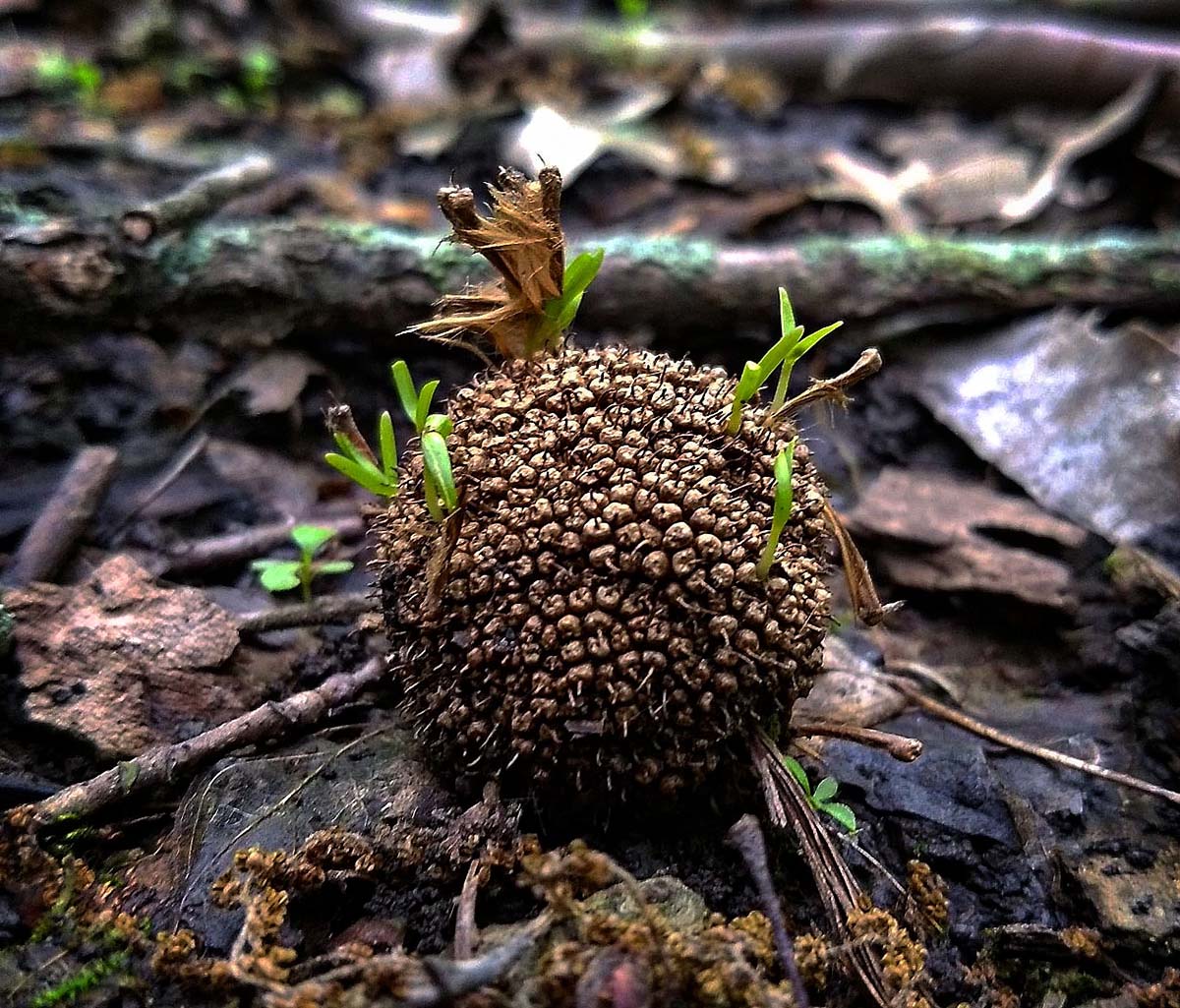

Garden Essentials
When Do Most Plants Germinate
Modified: March 15, 2024
Discover the optimal time for garden plants to germinate. Learn when to start your garden for maximum growth and success.
(Many of the links in this article redirect to a specific reviewed product. Your purchase of these products through affiliate links helps to generate commission for Storables.com, at no extra cost. Learn more)
Introduction
Understanding the germination patterns of plants is a crucial aspect of gardening. Knowing when most plants germinate can help gardeners plan their planting schedules and ensure successful growth and development. Germination refers to the process by which a seed begins to sprout and develop into a new plant. It is influenced by various factors, such as light conditions, temperature, moisture levels, and soil composition.
In this article, we will explore the factors that influence plant germination and discuss the seasonal patterns of germination. We will also delve into how geographic location affects the germination process and explore the concepts of dormancy and stratification.
Key Takeaways:
- Timing is Everything: Understanding the seasonal patterns of plant germination can help gardeners plan their planting schedules for optimal growth and harvest.
- Beat the Dormancy: Overcoming seed dormancy through techniques like scarification and stratification can enhance germination rates and lead to a diverse and bountiful garden.
Read more: When To Plant A Germinated Seed
Factors Influencing Plant Germination
Several factors significantly influence the germination of plants. These factors include:
Light Conditions:
Light plays a crucial role in stimulating or inhibiting the germination of plants. Some seeds require exposure to light to germinate, while others need darkness. This phenomenon is known as photoblasticity. Gardeners must be aware of the specific light requirements of different plant species to ensure optimal germination.
Temperature:
Temperature is another critical factor affecting germination. Each plant species has a specific temperature range within which germination occurs. Some plants require warm temperatures, while others prefer cooler conditions. Understanding the temperature preferences of plants is essential for successful germination.
Moisture Levels:
Adequate moisture is essential for seed germination. Seeds need a sufficient water supply to initiate the germination process. However, excessive moisture or waterlogged conditions can hamper germination and potentially lead to seed rot. Striking the right balance is crucial for a successful germination process.
Read more: When To Plant Germinated Seeds
Soil Composition:
The composition and structure of the soil have a significant impact on seed germination. The seed must be in contact with the appropriate nutrients, minerals, and organic matter present in the soil for successful germination. Additionally, the soil’s texture and drainage capacity can influence germination rates.
Understanding these factors will help gardeners provide the ideal conditions necessary for seed germination. By optimizing light exposure, temperature, moisture levels, and soil composition, gardeners can increase the chances of successful germination and plant growth.
Key Takeaways:
- Timing is Everything: Understanding the seasonal patterns of plant germination can help gardeners plan their planting schedules for optimal growth and harvest.
- Beat the Dormancy: Overcoming seed dormancy through techniques like scarification and stratification can enhance germination rates and lead to a diverse and bountiful garden.
Read more: When To Plant A Germinated Seed
Factors Influencing Plant Germination
When it comes to plant germination, several factors play a crucial role in determining the success and timing of this process. Understanding these factors can help gardeners create the ideal conditions for seed germination and ensure the healthy growth and development of plants.
Light Conditions:
Light is one of the most important factors influencing the germination of plants. Some plant species require exposure to light in order to germinate, while others need darkness. This phenomenon is known as photoblasticity. The presence or absence of light triggers specific physiological responses in the seeds, initiating the germination process.
Seeds that require light to germinate are known as photoblastic seeds. They include a variety of plant species, such as lettuce, petunias, and snapdragons. These seeds need to be exposed to light to break their dormancy and start the germination process. Gardeners must provide these seeds with the appropriate light conditions to ensure successful germination.
On the other hand, some seeds require darkness to germinate. These are known as skotoblastic seeds. Examples include certain types of lettuce, coleus, and impatiens. These seeds rely on the absence of light to trigger their germination. Gardeners should cover these seeds with a thin layer of soil or keep them in a dark environment until they sprout.
Temperature:
Temperature is another critical factor that significantly influences plant germination. Each plant species has a specific temperature range within which germination occurs. Different plants have different temperature preferences, and providing the appropriate temperature conditions can enhance germination rates.
Seeds of warm-season plants, such as tomatoes and peppers, require higher temperatures for germination. These seeds thrive when the soil temperature is around 70°F to 85°F (21°C to 29°C). On the other hand, cool-season plants like lettuce and spinach prefer cooler temperatures. Their seeds germinate best when the soil temperature is around 50°F to 70°F (10°C to 21°C).
To ensure optimal germination, it is important for gardeners to be aware of the temperature requirements of the specific plant species they are working with. Using a soil thermometer can help accurately monitor soil temperature and provide the right conditions for successful germination.
Moisture Levels:
Adequate moisture is essential for seed germination. Seeds need a sufficient water supply to initiate the germination process and activate enzymes responsible for breaking down stored food reserves. Without enough moisture, seeds may fail to germinate or germinate poorly.
However, it is crucial to strike a balance when it comes to moisture levels. Excessive moisture or waterlogged conditions can hinder germination by depriving seeds of oxygen, potentially causing them to rot. On the other hand, insufficient moisture can lead to seed desiccation and hinder germination as well.
Proper watering techniques are important to maintain the right moisture levels for seeds. Gardeners should ensure that the soil is evenly moist, but not saturated. Watering from the bottom or using a misting technique can help provide consistent moisture to the seeds without overwatering them.
Read more: When To Plant Germinated Seeds
Soil Composition:
The composition and structure of the soil are crucial factors that impact seed germination. The seed must be in contact with the appropriate nutrients, minerals, and organic matter present in the soil for successful germination. Additionally, the soil’s texture and drainage capacity can influence germination rates.
Loose, well-draining soils are optimal for germination. They allow for proper air circulation and prevent waterlogging, reducing the risk of rotting seeds. Heavy clay soils, on the other hand, tend to compact and retain excess moisture, making it difficult for seeds to germinate. In such cases, amending the soil with organic matter, such as compost, can improve its structure and drainage.
It is also important to ensure that the soil has the necessary nutrients for seed germination. Adding a balanced fertilizer or organic amendments prior to planting can provide the necessary nutrients for healthy seedling growth.
Understanding and manipulating these factors can greatly enhance the germination process. By providing the right light conditions, temperature, moisture levels, and soil composition, gardeners can increase the chances of successful seed germination and establish a strong foundation for healthy plant growth.
Seasonal Patterns of Plant Germination
Plant germination is not a constant process that occurs year-round. Instead, it follows seasonal patterns influenced by factors such as temperature, light conditions, and moisture availability. Understanding the seasonal patterns of plant germination can help gardeners plan their planting schedules and maximize the success of their gardens.
Germination During Spring:
Spring is a time of renewal and growth, and it is also a prime season for plant germination. As temperatures begin to rise and daylight hours increase, many plant species start their germination process. The soil is typically moist from winter rains, providing ideal conditions for seed sprouting.
During spring, a wide range of plants germinate, including annual flowers, vegetables, and herbs. These plants take advantage of the favorable conditions to establish themselves and grow vigorously throughout the summer months.
Read more: When Do Weeds Germinate
Germination During Summer:
While spring is the main germination season, some plants continue to germinate during the summer months. These are often heat-loving plants that thrive in hot weather. Examples include heat-tolerant vegetables like tomatoes, peppers, and melons, as well as various types of annual flowers such as sunflowers and zinnias.
Germination during summer may require extra attention from gardeners due to the higher temperatures and potential drought conditions. Providing consistent moisture and protection from excessive heat can help ensure successful germination and establishment of these heat-loving plants.
Germination During Fall:
Fall is another important season for plant germination, especially for cool-season crops. As temperatures begin to cool down and daylight hours start to decrease, certain plant species sense these changes and initiate their germination process. Cool-season vegetables like lettuce, spinach, kale, radishes, and peas are commonly sown during the fall for a late-season harvest.
The cooler temperatures and more consistent moisture of fall create optimal conditions for successful germination. This season is also less prone to pests and diseases compared to the warmer months, providing a favorable environment for seedling growth.
Germination During Winter:
While winter may seem like a dormant period for plant growth, there are some plant species that have adapted to germinate during this season. These are typically cold-tolerant plants that need a period of cold stratification to break their dormancy and trigger germination. Examples include certain flowers like delphiniums, poppies, and sweet peas.
Gardeners can simulate winter conditions by employing techniques like seed stratification, which involves exposing seeds to cold temperatures for a specific duration. This process helps break down seed coats and prepares them for germination in the arrival of spring.
Understanding the seasonal patterns of plant germination allows gardeners to plan their planting schedules accordingly. By aligning their gardening activities with the right seasons, gardeners can optimize plant growth and maximize their harvests.
Influence of Geographic Location on Plant Germination
The germination of plants is not solely determined by seasonal patterns and local climate. Geographic location also plays a significant role in shaping the germination process. Different regions around the world have unique environmental conditions that influence plant germination. Let’s explore how geographic location impacts plant germination in tropical regions, temperate regions, and arid regions.
Read more: When Do Tulips Germinate
Germination in Tropical Regions:
Tropical regions, characterized by consistently high temperatures and abundant rainfall, have a distinct impact on plant germination. The warm and humid climate in these regions creates ideal conditions for seed germination. Most seeds in tropical areas do not undergo a period of dormancy and can quickly sprout and establish themselves.
Year-round high temperatures, combined with ample moisture, provide a continuous growing season in tropical regions. Seeds have the opportunity to germinate at any time, resulting in quick and robust vegetation growth. Gardeners in tropical areas can take advantage of this favorable environment by planting a wide variety of crops throughout the year.
Germination in Temperate Regions:
Temperate regions experience distinct seasons, with warm summers and cold winters. These seasonal changes have a significant impact on plant germination. The timing of germination is closely related to the temperature and light conditions specific to each season.
In temperate regions, seed germination is most common during the spring and early summer when temperatures rise, and daylight hours increase. The soil is usually well-moistened from winter rainfall, creating an optimal environment for seeds to sprout. The cool temperatures and moderate moisture availability lead to successful germination and healthy plant growth.
Some plant species in temperate regions have adapted to germinate during the fall as well. These plants take advantage of the cooler temperatures and more consistent moisture to establish themselves before winter arrives. Some examples include cool-season vegetables and fall-flowering bulbs.
Germination in Arid Regions:
Arid regions, characterized by low rainfall and high temperatures, present unique challenges for plant germination. The scarcity of water and extreme heat create harsh conditions that limit seed germination opportunities.
In arid regions, plant germination tends to occur after infrequent rainfall events known as “rain events.” When rain does occur, the moisture triggers seed germination, allowing plants to take advantage of the brief period of favorable conditions. Some plants have evolved to produce seeds with a hard seed coat that can withstand extended periods of drought. This protective covering prevents premature germination and ensures that seeds only sprout when conditions are suitable.
Additionally, many plant species in arid regions have adapted to germinate during the cooler months to avoid the extreme heat of summer. These plants take advantage of the milder temperatures and occasional rainfall during winter or early spring.
Gardeners in arid regions can utilize techniques such as seed priming, which involves pre-soaking seeds to initiate germination before planting them. This can help increase the chances of successful germination by providing the necessary moisture to the seeds.
Understanding the influence of geographic location on plant germination is vital for gardeners to adapt their gardening practices accordingly. By considering the specific climate and environmental conditions of their region, gardeners can choose appropriate plant species and implement the necessary techniques to ensure successful germination and healthy plant growth.
Dormancy and Stratification
Seed dormancy is a natural adaptation that allows seeds to maintain their viability and delay germination until the conditions are favorable for survival and growth. Although dormancy can be a challenge for gardeners, understanding this process and employing seed stratification techniques can help overcome seed dormancy and promote successful germination.
Read more: When Do Cosmos Germinate
Seed Dormancy:
Seed dormancy refers to the period of time when a seed remains in a state of suspended growth and does not germinate under optimal conditions. Dormancy can be caused by various factors, such as the presence of germination inhibitors, hard seed coats, or internal physiological processes within the seed.
Germination inhibitors are chemicals produced by plants that can prevent seed germination. These inhibitors can be leached from the seed coat by exposure to environmental factors such as light, temperature changes, or even microbial activity in the soil. This process, known as scarification, can break seed dormancy and promote germination.
Some seeds have hard seed coats, which act as a protective barrier and prevent water and oxygen from reaching the embryo inside. The hard seed coat needs to be broken or softened for germination to occur. Seeds with hard seed coats often require physical or chemical scarification techniques to mimic natural processes and promote germination.
Internal physiological processes within the seed, such as the accumulation of growth inhibitors or the need for specific environmental cues, can also contribute to seed dormancy. For example, some seeds require a period of exposure to cold temperatures, known as stratification, before they can germinate. This process imitates the natural winter conditions that many plants experience before spring growth begins.
Seed Stratification Techniques:
Seed stratification is a technique used to artificially overcome seed dormancy by subjecting seeds to specific temperature and moisture conditions. This process replicates the natural winter conditions that seeds typically undergo in order to break dormancy and stimulate germination.
There are two main methods of seed stratification: cold stratification and warm stratification.
Cold stratification involves exposing seeds to cold temperatures for a period of time, usually several weeks to several months. This can be done by placing seeds in a moistened medium, such as peat moss or vermiculite, and storing them in a refrigerator or an outdoor location where temperatures remain consistently cold. This process is commonly used with seeds that naturally go through a period of cold weather before germination, such as many native wildflowers and tree species.
Warm stratification, on the other hand, involves exposing seeds to warm temperatures to break seed dormancy. This method is typically used for seeds that require higher temperatures to stimulate germination. Seeds are placed in a moist environment and exposed to warm temperatures, often between 80°F to 90°F (27°C to 32°C), for a specific period of time.
Both cold and warm stratification techniques can be effective in breaking seed dormancy and promoting germination. It is important to research the specific requirements of the plant species you are working with to determine the appropriate stratification method and duration.
By understanding the concept of seed dormancy and employing seed stratification techniques, gardeners can successfully overcome dormancy barriers and enhance germination rates. These techniques provide a valuable tool in cultivating a wide range of plant species and ensuring a bountiful and diverse garden.
Conclusion
Understanding the factors that influence plant germination is essential for successful gardening. By considering light conditions, temperature, moisture levels, and soil composition, gardeners can create optimal environments for seed sprouting and ensure the healthy growth of their plants.
Plant germination follows distinct seasonal patterns, with spring being the main germination period in many regions. The warmer temperatures, longer daylight hours, and ample moisture during spring provide ideal conditions for seeds to germinate and establish themselves.
Geographic location also plays a significant role in plant germination. Tropical regions offer a continuous growing season with high temperatures and abundant rainfall, allowing for year-round germination. Temperate regions experience distinct seasons, with spring and early summer being the primary germination periods. Arid regions pose challenges due to limited rainfall and extreme heat, but seeds have adapted to germinate during brief periods of moisture availability.
Seed dormancy can be a hurdle for gardeners, but techniques such as scarification and stratification can overcome this barrier. Scarification helps break seed dormancy by removing germination inhibitors or softening hard seed coats. Stratification mimics natural winter conditions and satisfies the cold requirements of certain seeds.
In conclusion, by considering the local climate, understanding the specific requirements of plant species, and employing appropriate techniques, gardeners can enhance germination rates and ensure successful establishment and growth of their plants.
So, whether you’re preparing your garden for spring, sowing seeds during summer, embracing fall planting opportunities, or strategizing for winter germination, understanding the factors that influence plant germination will empower you to create an optimal environment for your plants and enjoy a thriving garden all year round.
Frequently Asked Questions about When Do Most Plants Germinate
Was this page helpful?
At Storables.com, we guarantee accurate and reliable information. Our content, validated by Expert Board Contributors, is crafted following stringent Editorial Policies. We're committed to providing you with well-researched, expert-backed insights for all your informational needs.
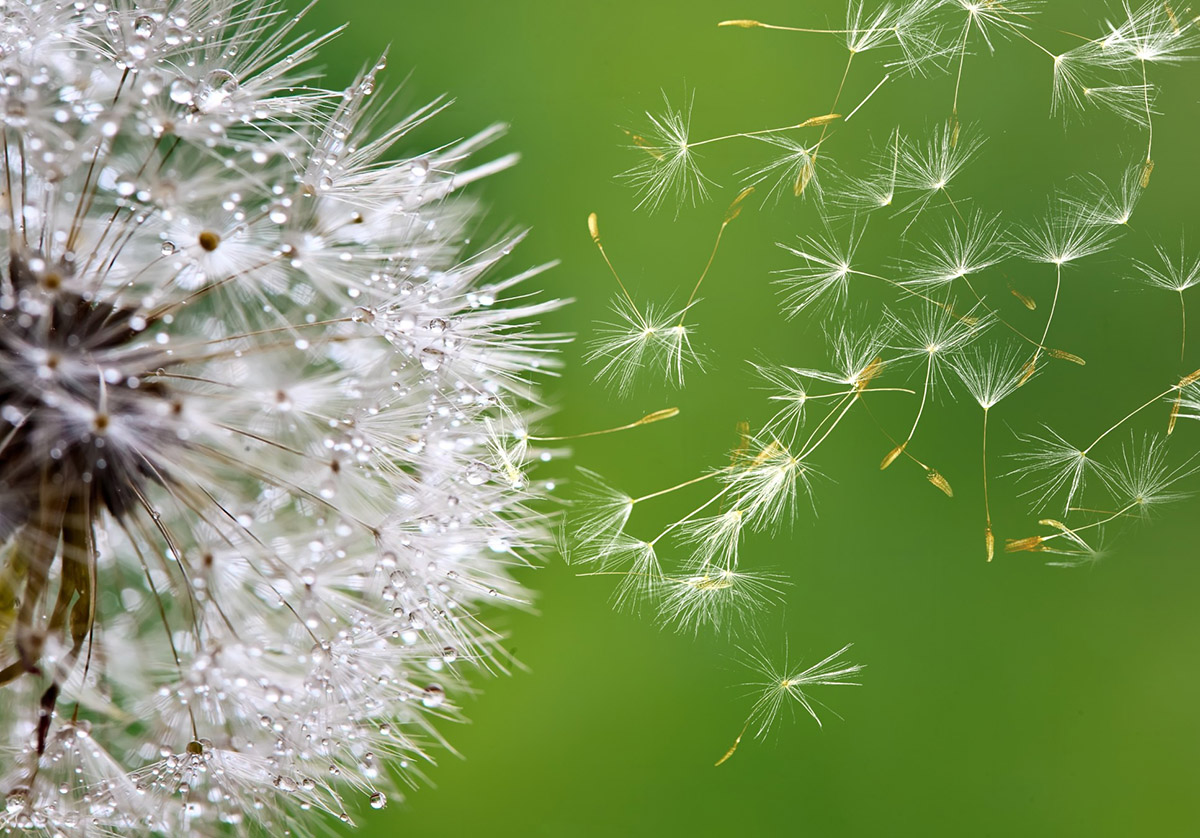
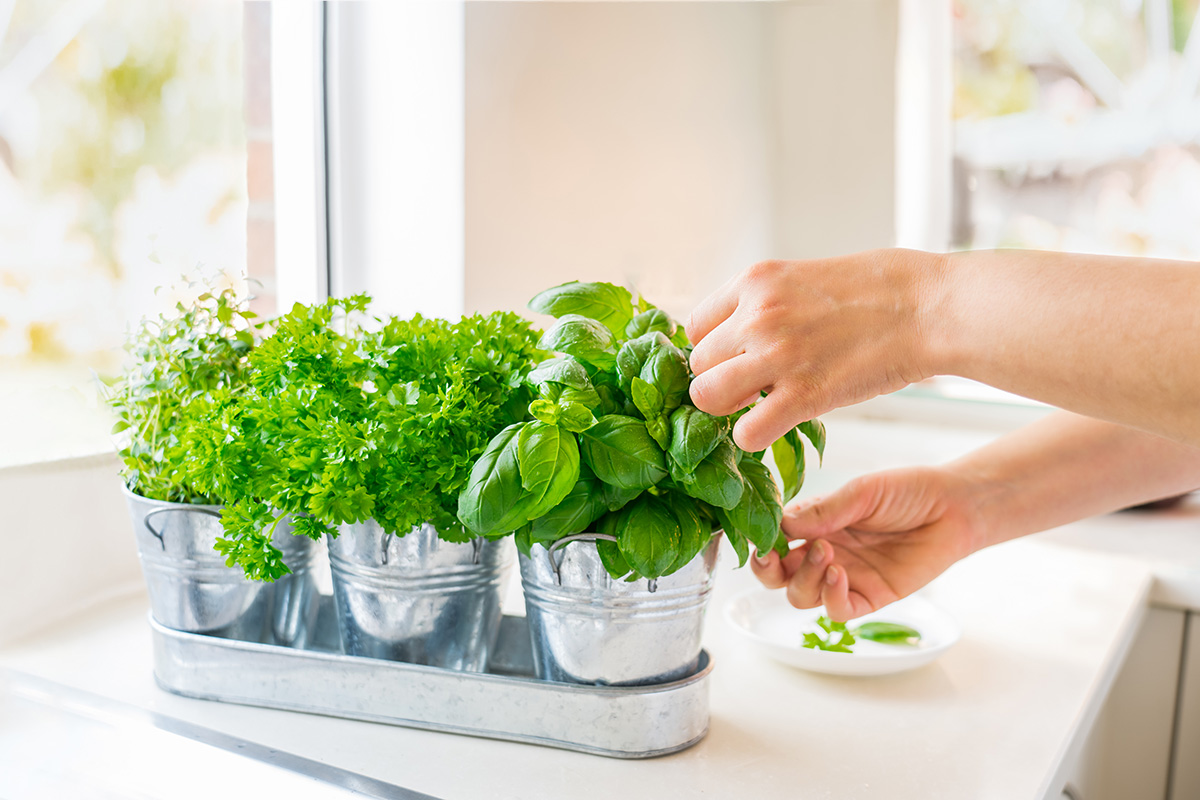
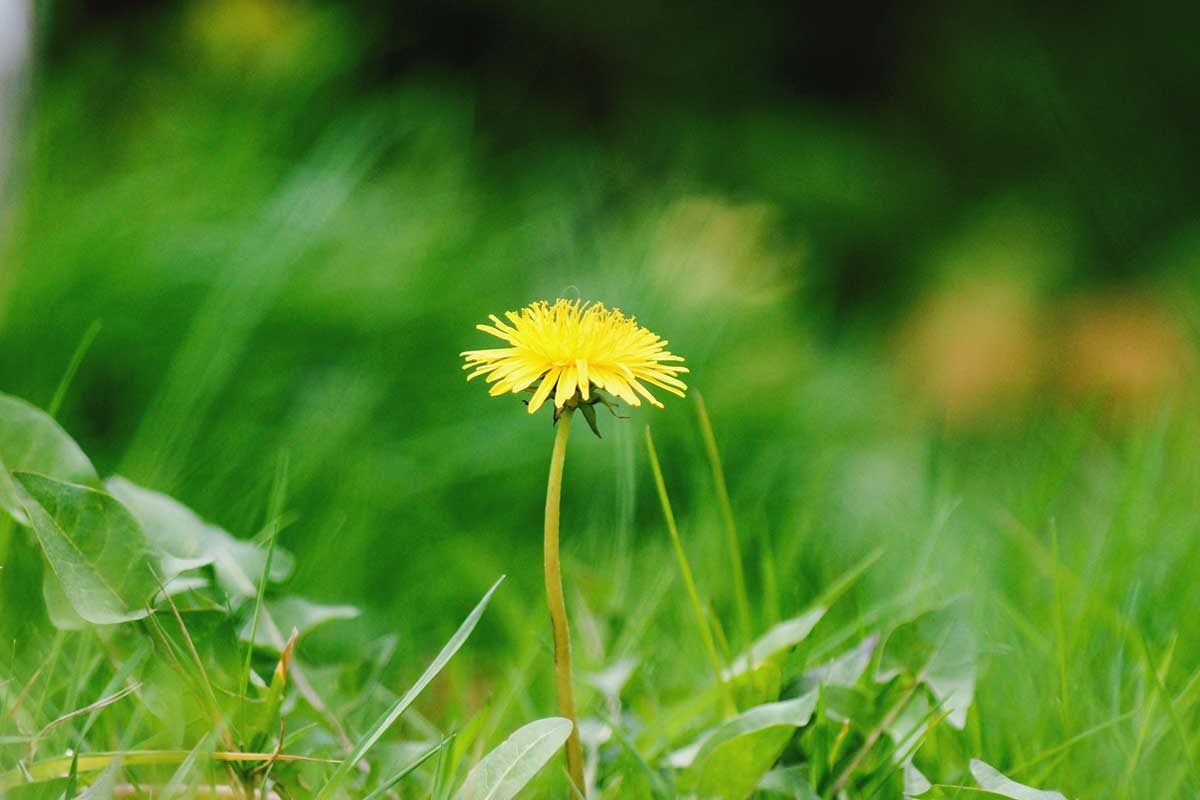
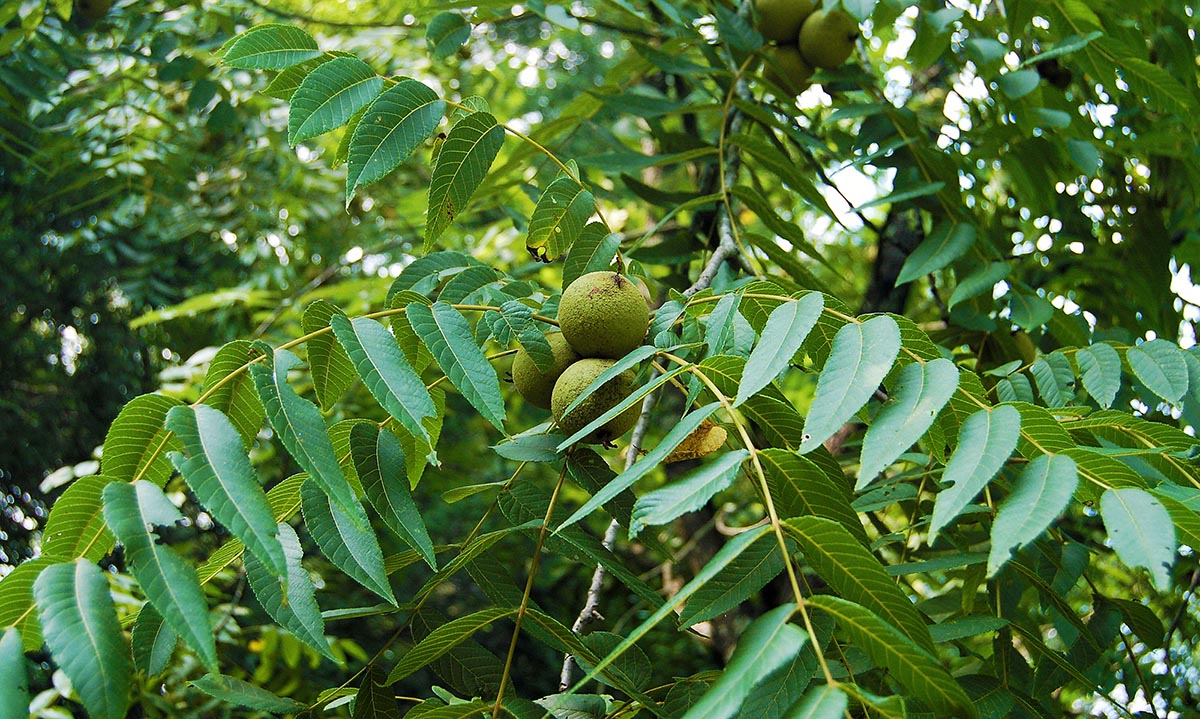
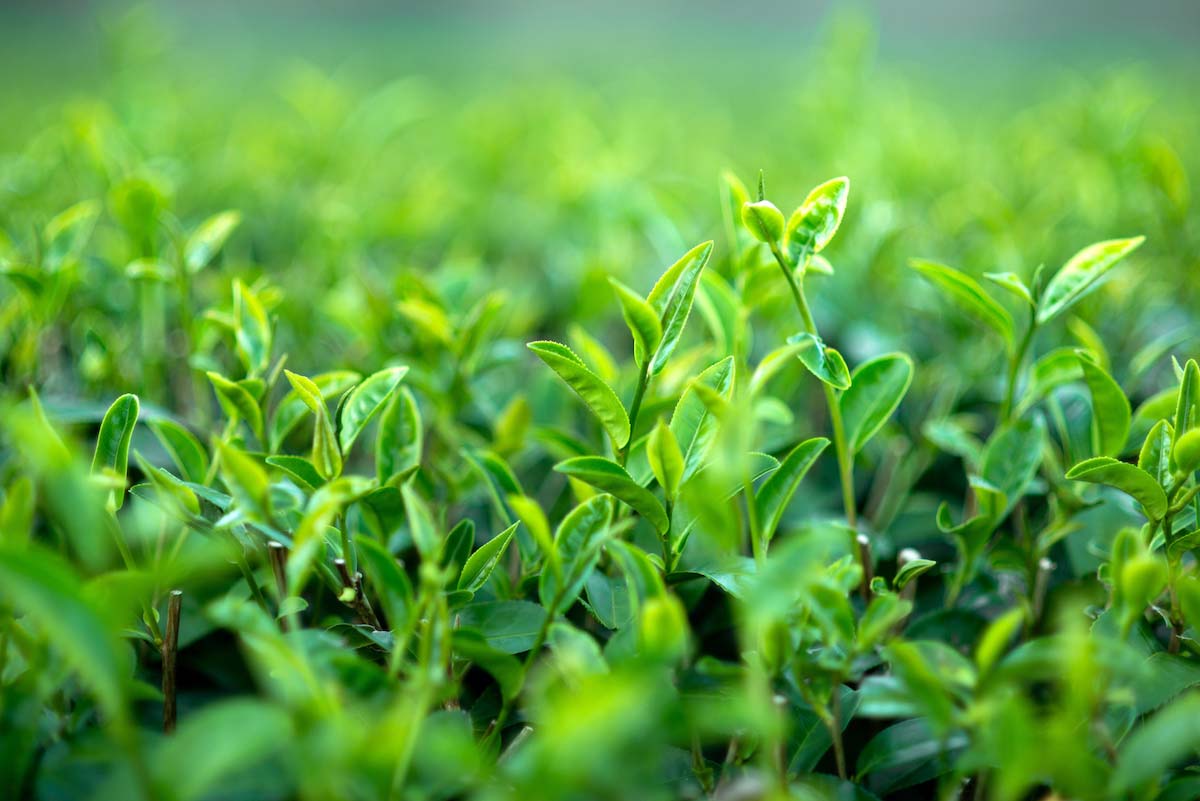
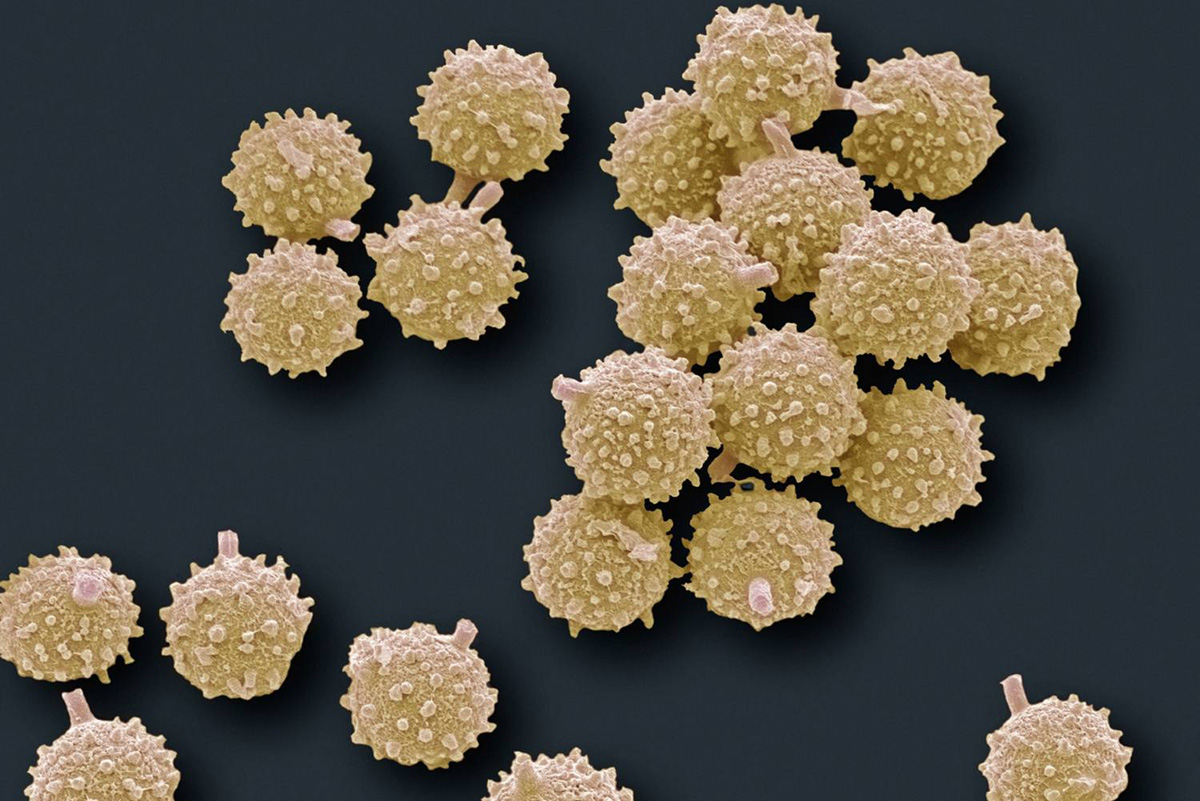
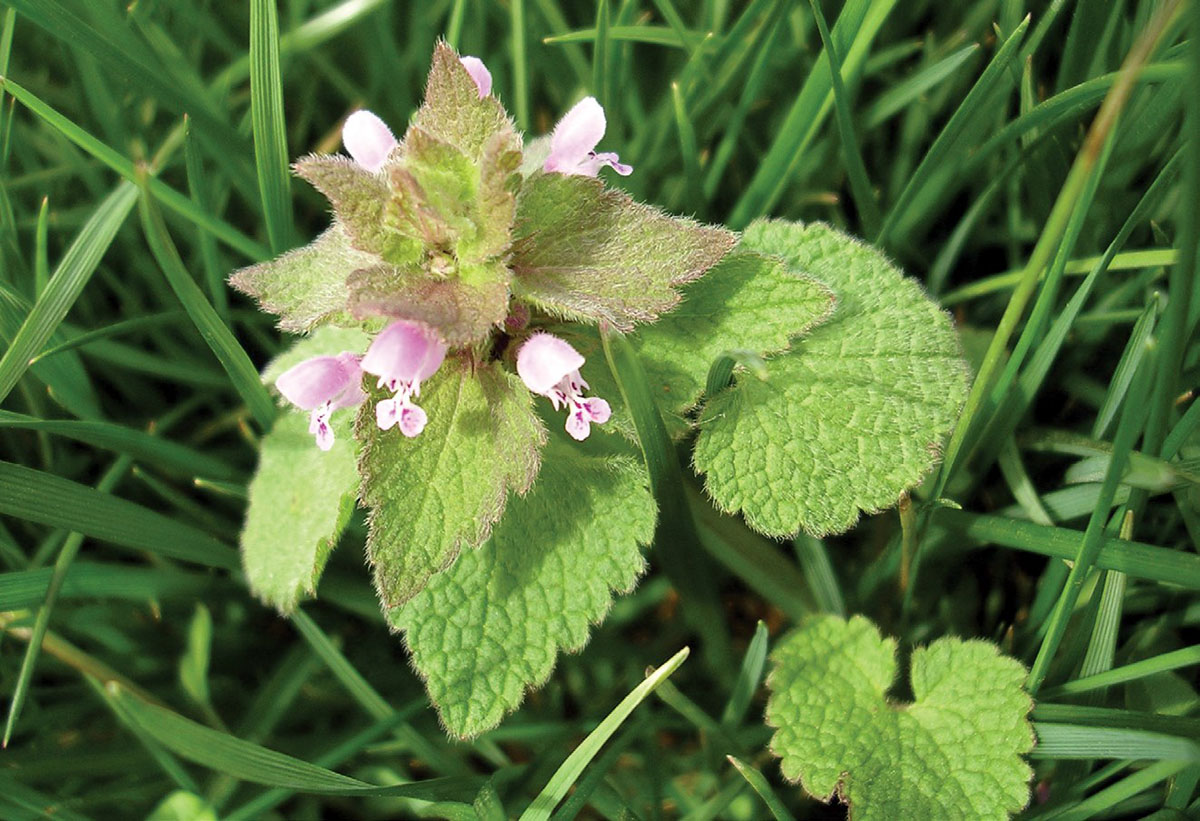


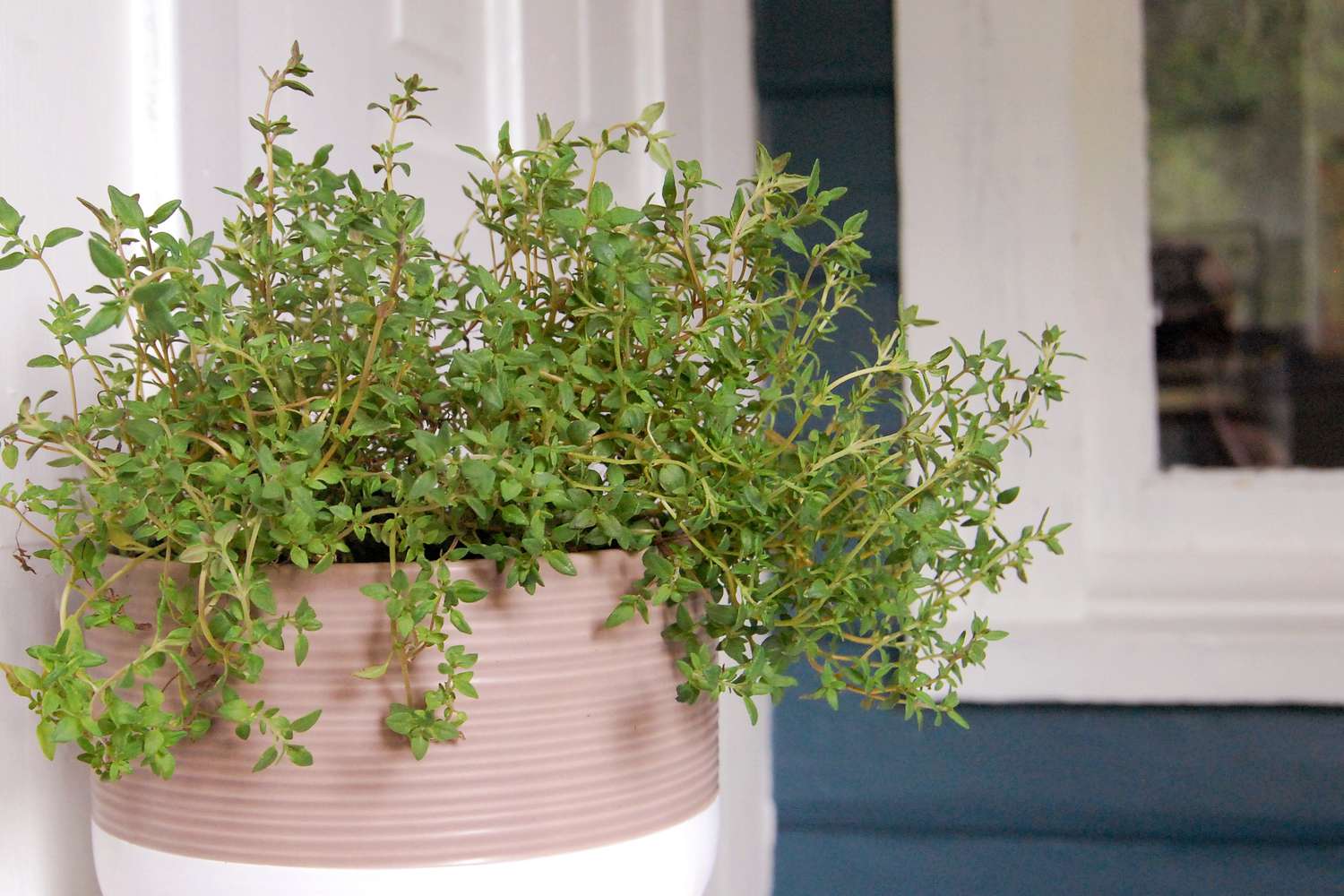

0 thoughts on “When Do Most Plants Germinate”